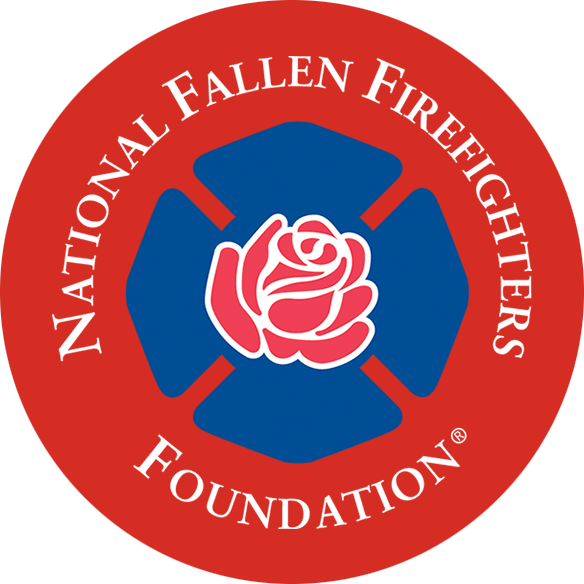It has often been used as hyperbole that there is nothing new under the sun. When it comes to firefighting, there are many older truths which are as relevant today as they were 100 years ago. Among these is the fact that manual fire suppression technology is and most often will be employed when there is a failure in fire prevention and life safety education.
The National Fallen Firefighters Foundation (NFFF) has embarked on a renewed effort to continue to reduce firefighter deaths and injuries through a new program known as Preventing the Preventable. Consistent with the NFFF mission, Preventing the Preventable highlights Life Safety Initiative #14 (Public Education) and Initiative #15 (Code Enforcement and Sprinklers).
The theme of this renewed effort is simple— by preventing the incident, or mitigating the effects, we not only enhance the safety of the public, but also that of firefighters.
There is no honor in responding to an incident that could have been prevented in the first place.
Mary Marchone, National Fire Academy Training Specialist (Retired)
The NFFF has developed a 4-hour training program which will be delivered through the Everyone Goes Home® Advocate community. Strategies included in the course can be used to tailor a fire prevention and life safety education program to meet the needs of the specific fire department.
In order that this program be successful, fire departments must commit to making a pivotal shift toward establishing an organizational culture of prevention. It has long been recognized that fire prevention and life safety education is an effective way to establish “fire safe” behavior among people of all ages and abilities. However, it is not as clear that firefighters have fully embraced fire prevention and life safety education programs in the context of “self-survival.”
The NFFF believes that elevation of these programs as a priority needs to begin with proper direction and support from the fire chief, who must also aggressively seek support from:
- local government administrators
- risk managers
- elected officials
This organizational culture of prevention must include:
- Adequate budgeting for fire prevention and life safety initiatives
- Training for all personnel as “life safety specialists”
- Incorporating fire prevention and life safety education experience into promotional processes for line and staff positions
- Positioning the organization for the effective marketing of fire prevention and life safety program successes and failures
This organizational culture should no longer accept:
- “We’ll get to inspections if we have time.”
- The belief that “show and tell” and red plastic helmets alone represent effective community engagement and education.
- The belief that fire prevention and life safety education are just the responsibility of the fire marshal, public education officer, or public information officer
All involved must be committed to “practicing what we preach” on a personal and professional level.
Preventing the Preventable espouses a variety of Community Risk Reduction (CRR) best practices and information, developed from Project Vision 20/20, USFA, NFPA as well as similar organizations, states, and localities whose programs are recognized as “models” among CRR leaders.
As the program expands, participants will have web and mobile device access to:
- Training on Community Risk Reduction principals;
- Resources for developing fire prevention and life safety education programs;
- Links to broader Community Risk Reduction programs;
- Case studies which highlight where fire prevention and public education, played a clear role in the outcome, especially where LODDs and “near misses” are involved;
- “Coffee table” drills covering the wide array of fire prevention and life safety education topics;
- A calendar of relevant educational programs, conferences and similar events related to CRR themes.
